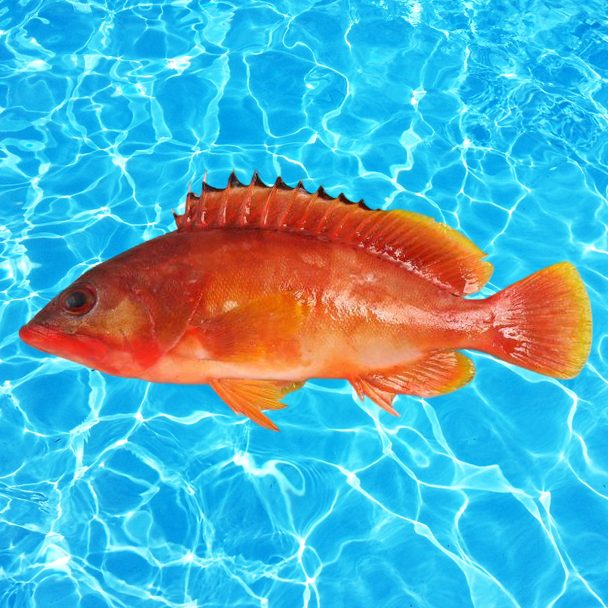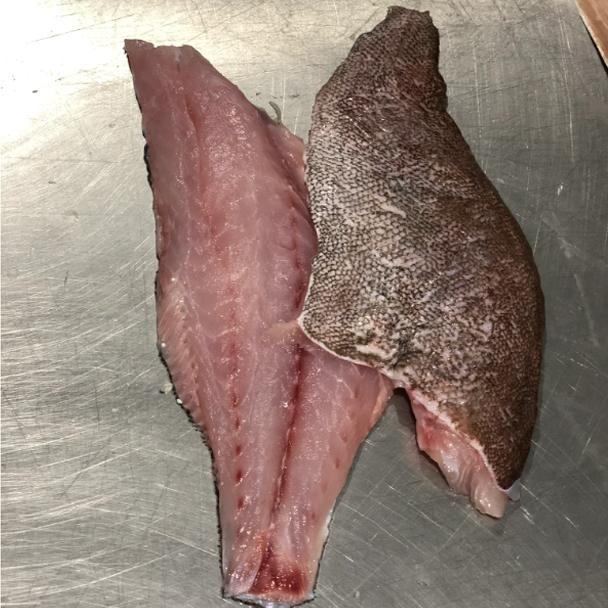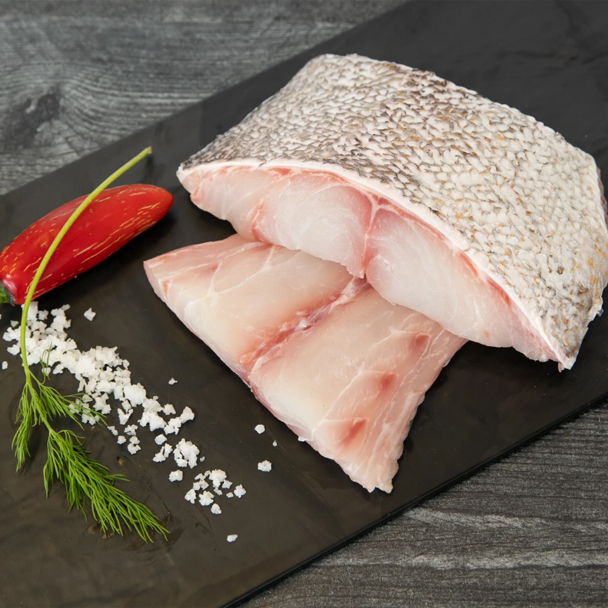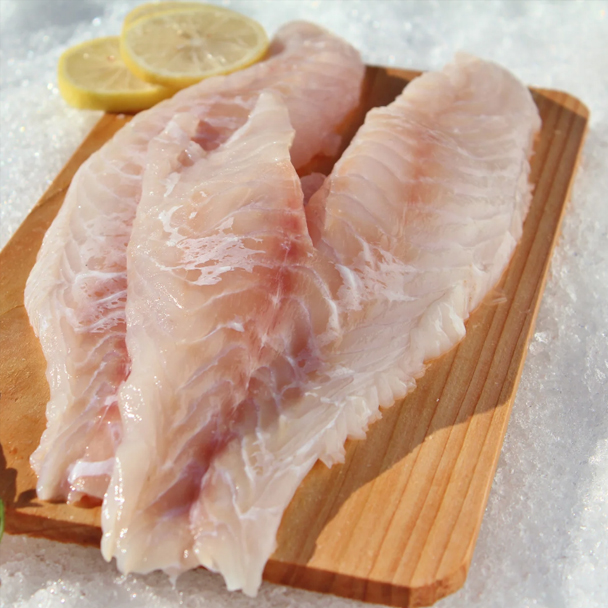








Grouper (Scientific name: Epinephelinae) belongs to the subfamily of the family Serranidae in the order Perciformes. It is widely distributed in tropical and subtropical seas, especially in the Indian and Pacific Oceans, including regions such as Southeast Asia, Australia, Japan, and the coastal waters of China. Groupers are large, carnivorous fish that typically inhabit coral reefs, rocky reefs, and underwater caves, and are particularly common in deeper waters.
Groupers have a relatively large, oval-shaped body with diverse and variable coloration—usually yellowish-brown, gray, or green—often marked with irregular spots or stripes. Their dorsal and anal fins typically have extended parts, and they possess a large mouth with a strong bite, making them powerful predators. Adult groupers can grow up to 2 meters in length and weigh over 100 kilograms, giving them significant value in commercial fisheries.
Grouper meat is tender and flavorful, rich in high-quality protein and unsaturated fatty acids. Due to its delicate and refreshing taste, it is widely used in various cooking methods and is especially popular in Japanese cuisine. It can be prepared as sashimi, sushi, steamed, grilled, or braised.
In the fishing industry, groupers are not only of high commercial value but are also widely farmed due to their delicious taste and nutritious qualities, making them one of the premium seafood products in the global market.
